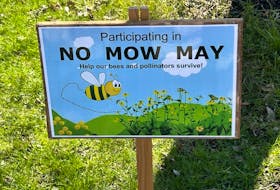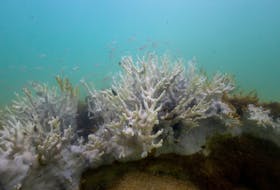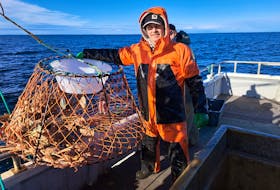For a long time now, I’ve been curious about the early place names associated with Amherst.
If you know me, you know what happens next. I start to read. Now reading history and genealogy is a bit like doing a jigsaw puzzle, a piece here and piece there. So here’s what I’ve put together.
The first to create a settlement on this piece of upland overlooking the Tantramar Marshes were the Mi’kmaq who passed through seasonally, probably for thousands of years. They called it Nemcheboogwek meaning “going up rising ground”.
When the Acadians arrived in 1672, they called the village Les Planches, likely referring to the planks used to cross the stream at the “toe of the marsh” in order to continue to the top of the ridge. But what about Amherst itself. What’s the story there? Who founded our town? How did he get here? From where?.
Historians report that Joseph Morse founded our Amherst Township in 1763 and the town began about 2 miles west of “The Corners” (the corner of Lawrence and La Planche Streets).
Morse was born in Dedham, Massachusetts, the several times great grandson of one of their Puritan founding fathers. Joseph’s father was a man of means and Joseph followed in his footsteps. Early in his life he was the proprietor of the George Tavern in Roxbury, just outside Boston. Here he met and became friendly with Lord Amherst, a man who would contribute greatly to his career.
Joseph may have been at Fort Lawrence as early as 1750 as his son, Alpheus, is listed, in at least one spot, as being born there in 1750.
After the Acadian Expulsion in 1755, Joseph went on to work for the British in the early years of the French and Indian Wars (1756-1763) when he undertook to supply Lord Amherst expedition at Osewgo, New York. He lost heavily, however, in 1756 when the French under Montcalm captured and occupied the British fort. Morse himself was captured and taken to Quebec and later shipped to France as a prisoner of war.
The good news is that the transport vessel was captured by the British and he was freed; however he suffered great brutality during his shipboard confinement and his condition upon release was so shocking that a report was made directly to King George II. As a result, he was given an audience with the king and awarded a commission as Commissary General of America and a large land grant at Fort Lawrence. Eventually he returned to Nova Scotia where he built a fine house and lived in style, but his health remained poor and he travelled little. He is also said to have built a school house at his own expense near his home for the use of all.
Joseph’s daughter Olive married William Eddy, son of the Jonathan Eddy, the leader of the Eddy Rebellion who attempted to deliver Nova Scotia and New Brunswick to George Washington during the American Revolution. As a result, the whole Eddy family fled to Eddington, Maine after the rebels were defeated; the Morse grant on the marsh was forfeit to the Crown.
Alpheus Morse, Joseph’s son, who had inherited his father’s grant on the uplands south of the marsh, was found completely loyal. Alpheus’ house was said to have been on the site of Willow Bank, the residence of his grandnephew Colonel Stewart.
The last piece of the puzzle was locating Morse’s Corners, a small settlement somewhere east of the The Corners. Now I think I‘ve got it. Morse’s Corners was the corner of Willow and East Victoria and Willow Street probably is named for Colonel Stewart’s house, Willow Bank. Yet another clue. Notes on the building of the Douglas house at 200 East Victoria say it was built on the site of the old Morse home.
If you have information to add to this or if you see something that needs correcting, please let me know. You can send a message through Amherst Area Heritage Trust’s Facebook page.
Leslie Childs is a member of the Amherst News Community Editorial Panel.








